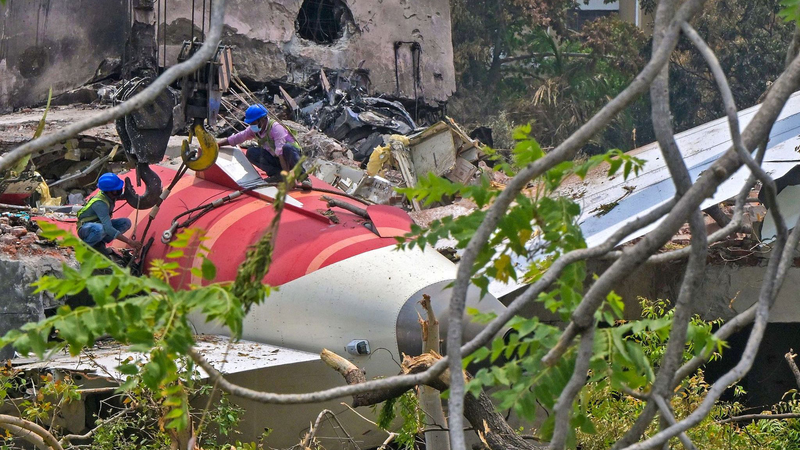The devastating Air India Boeing 787-8 crash, which claimed over 240 lives, has shocked the world. The aircraft, bound for Gatwick Airport, began losing altitude moments after take-off over Ahmedabad, leading to a fiery descent that left the city in mourning. 😢
Eyewitness CCTV footage revealed a huge fireball as the plane struck nearby buildings, and reports indicate that up to 24 people on the ground may have lost their lives when the jet hit a medical college hostel during lunch hour. With only one passenger surviving, this incident is being called the world's worst aviation disaster in a decade.
According to a source with direct knowledge, the investigation is zeroing in on key mechanical issues—specifically, engine thrust, the functionality of the flaps, and why the landing gear remained open during take-off, affecting the aircraft's performance. The probe is also looking into Air India's maintenance practices to see if they played a role in this tragic event.
Authorities have ruled out a bird-hit as a primary factor, and anti-terrorism experts have joined the investigation, ensuring that every potential lead is thoroughly examined. Meanwhile, discussions are underway on whether to ground the entire Boeing 787 fleet until enhanced safety checks and maintenance protocols are fully implemented.
Rescue teams have recovered the digital flight data recorder from the rooftop of the building where the plane crashed—a crucial piece of the puzzle. Efforts to locate the cockpit voice recorder, another vital component for understanding what happened, continue.
This tragic incident is a stark reminder of the critical importance of aviation safety and the need for continuous review of aircraft maintenance and operational procedures. Stay tuned as this investigation unfolds.
Reference(s):
Air India crash probe focuses on engine, flaps and landing gear
cgtn.com



